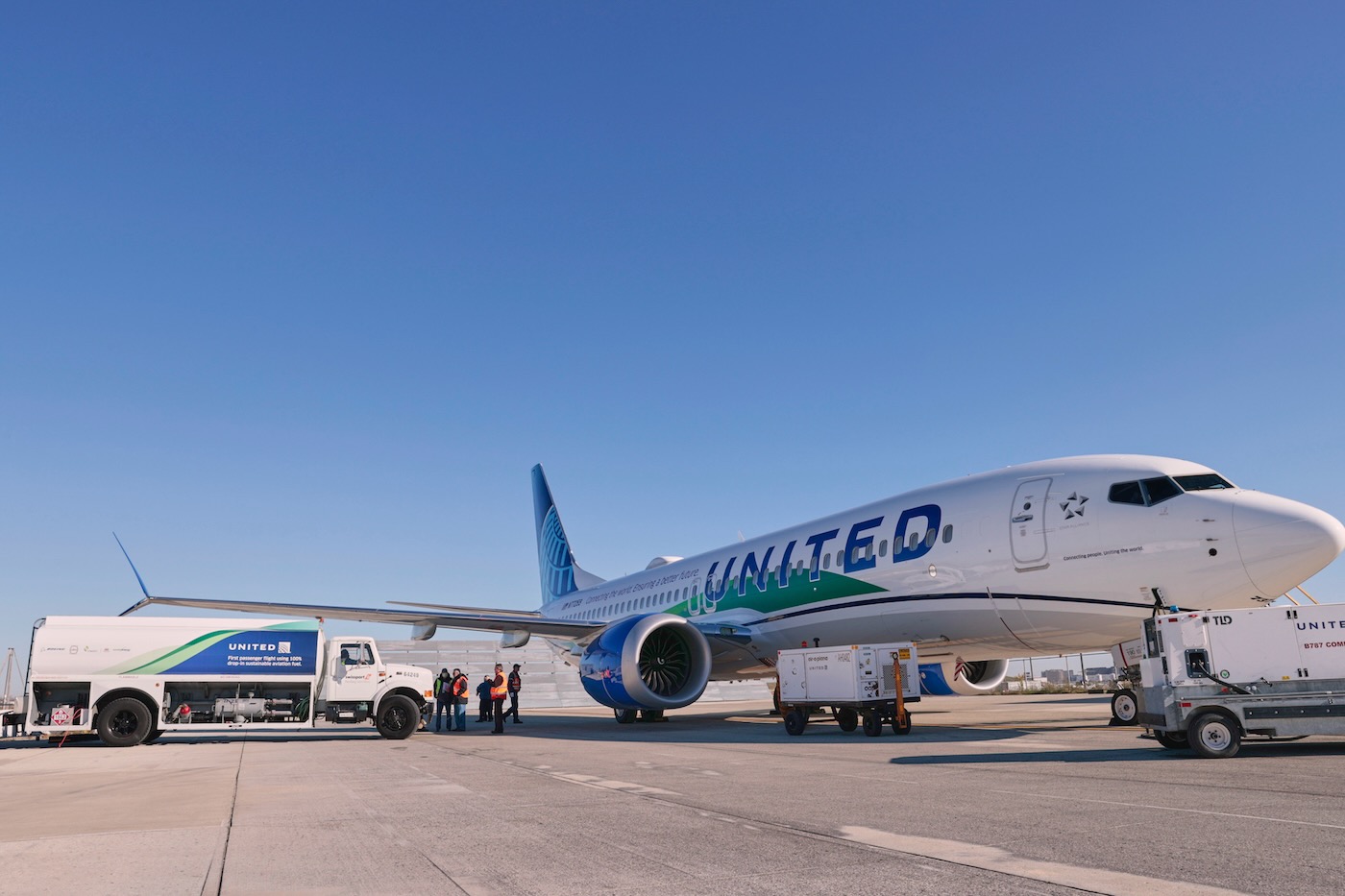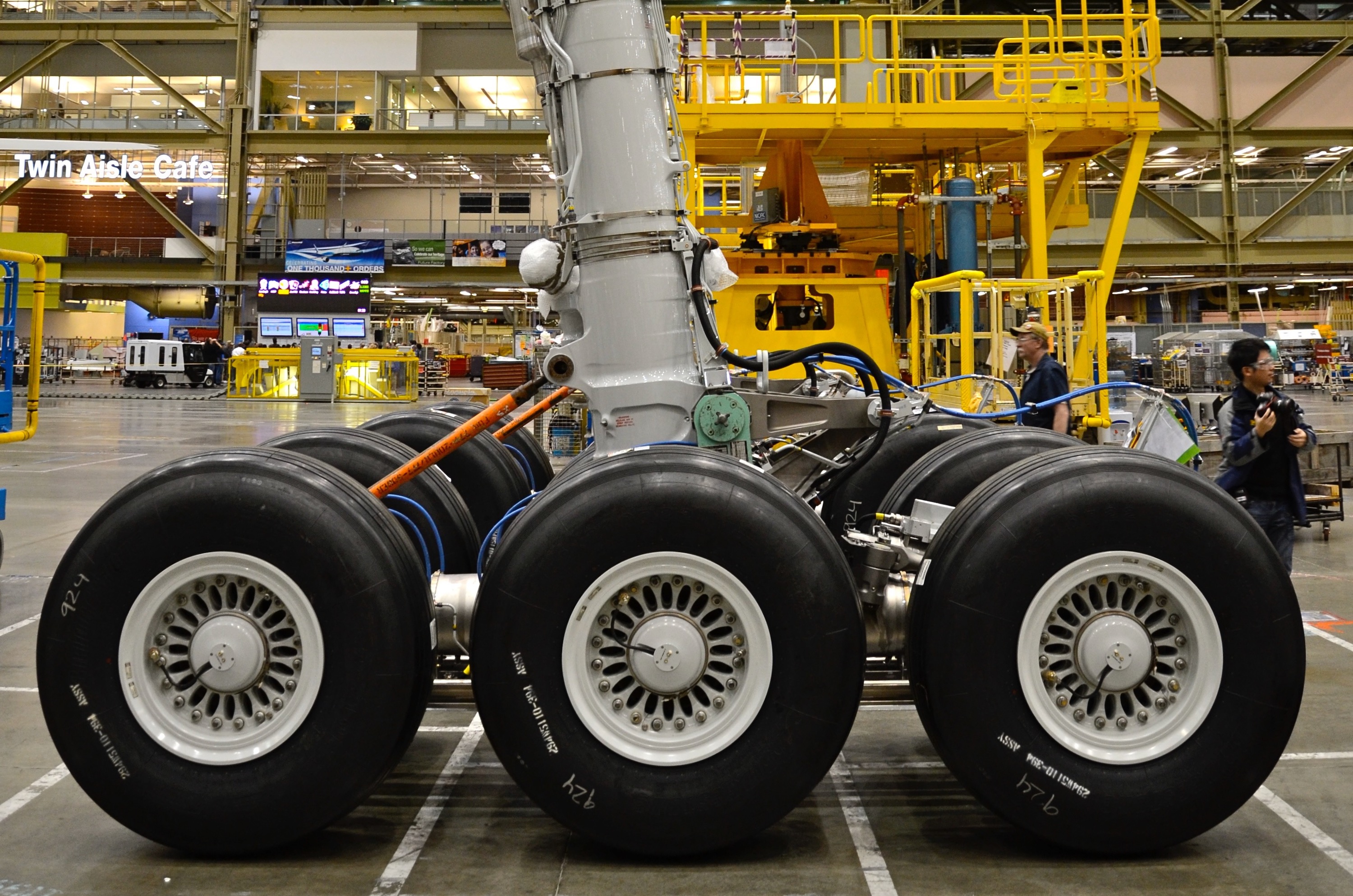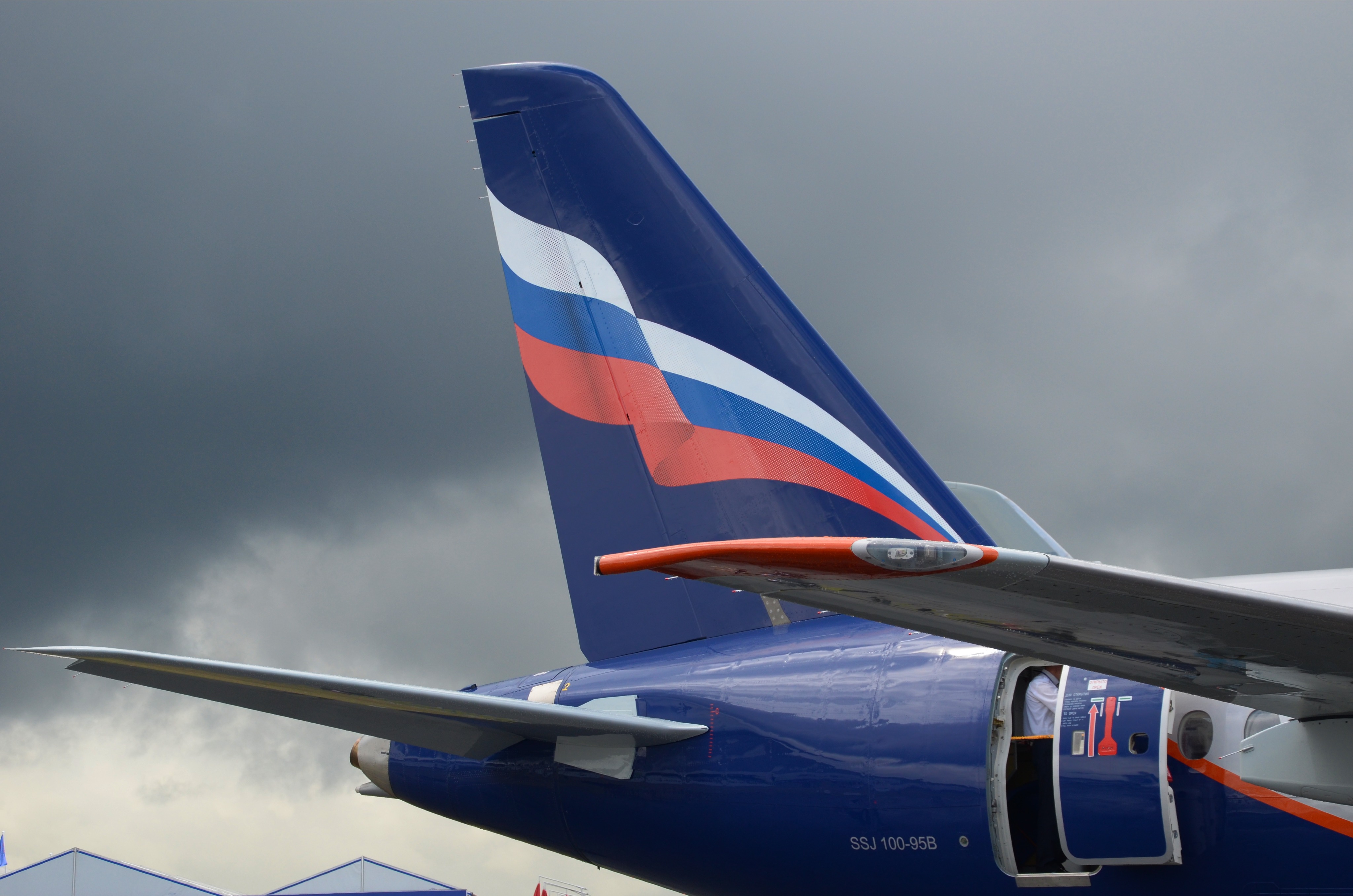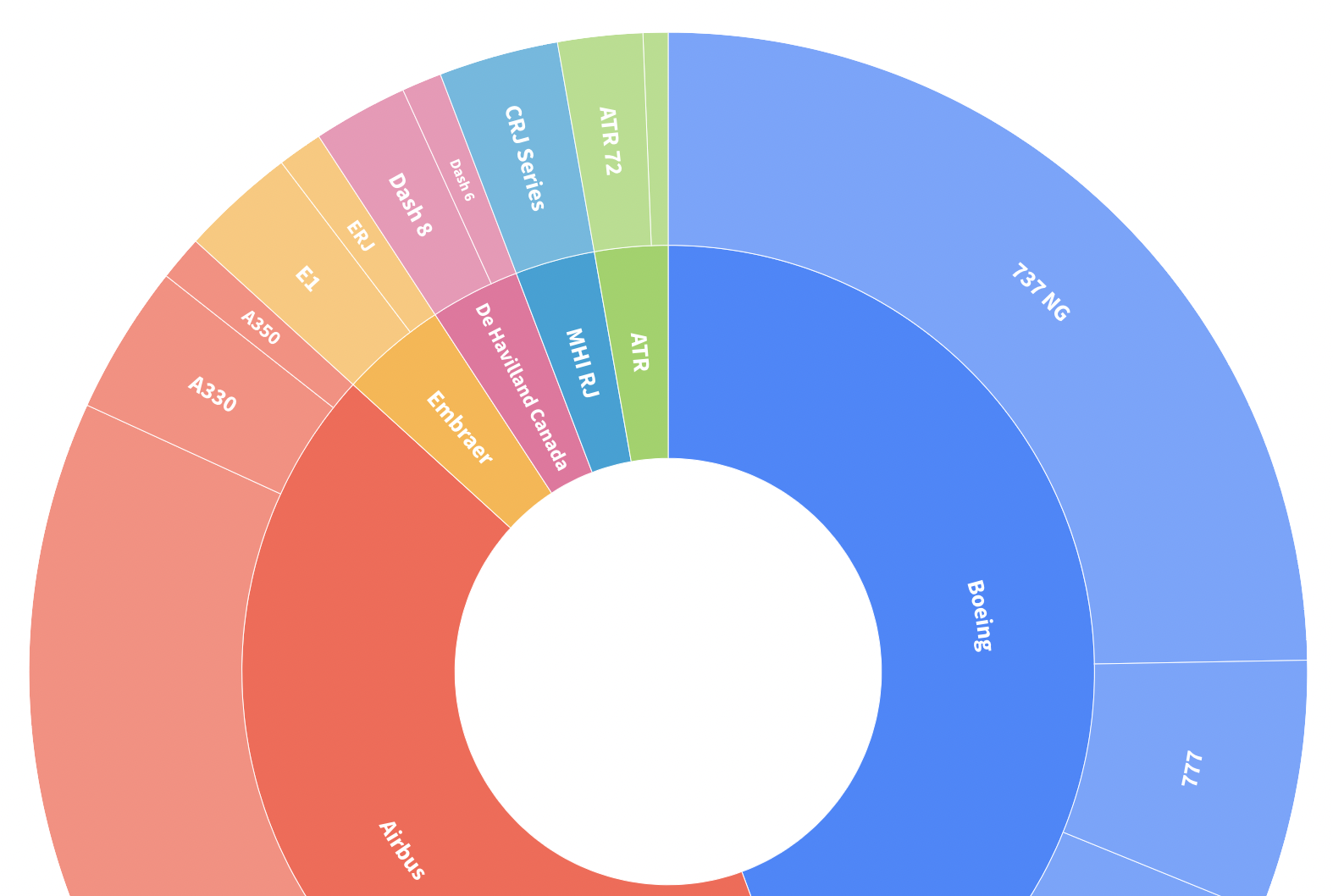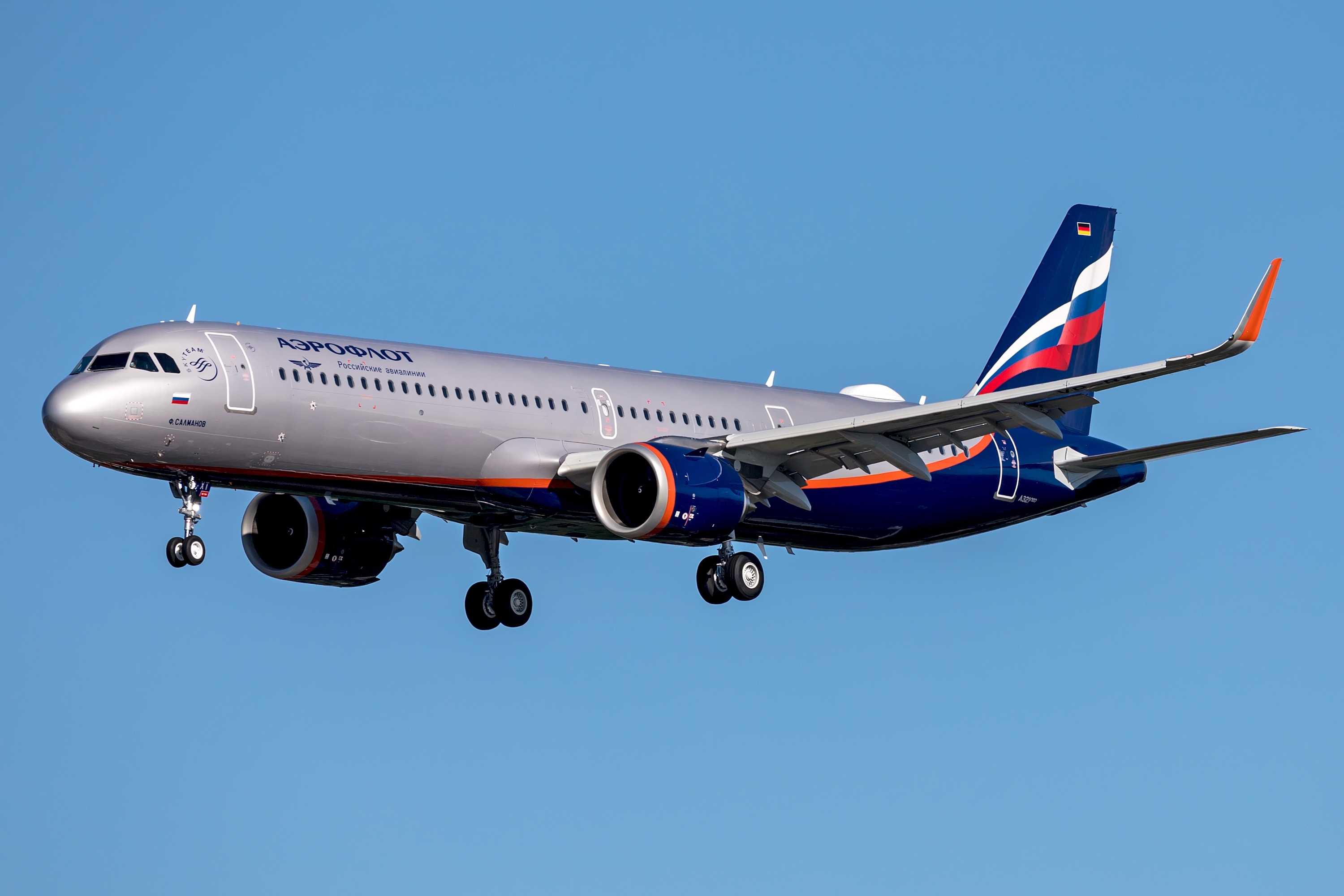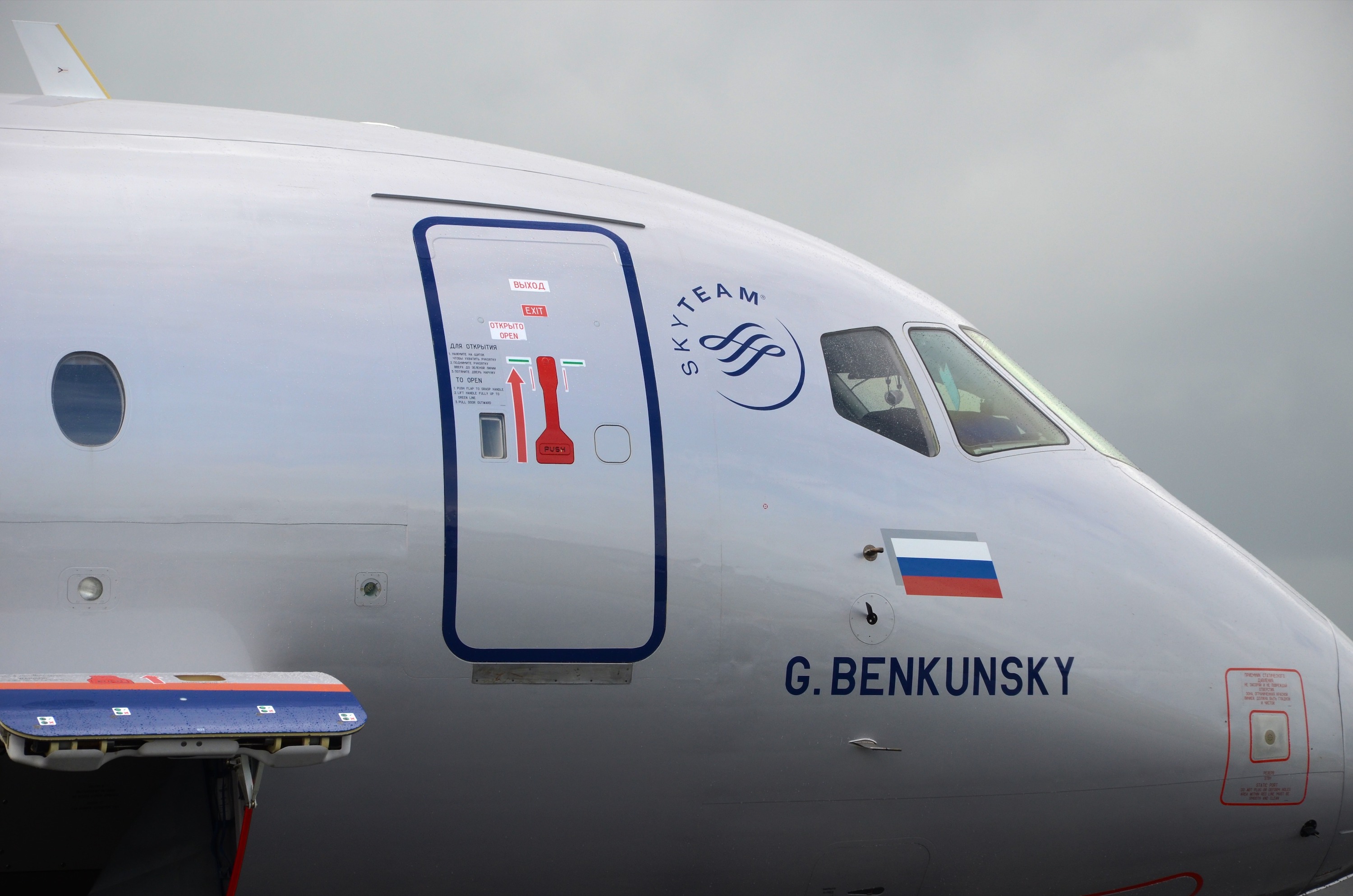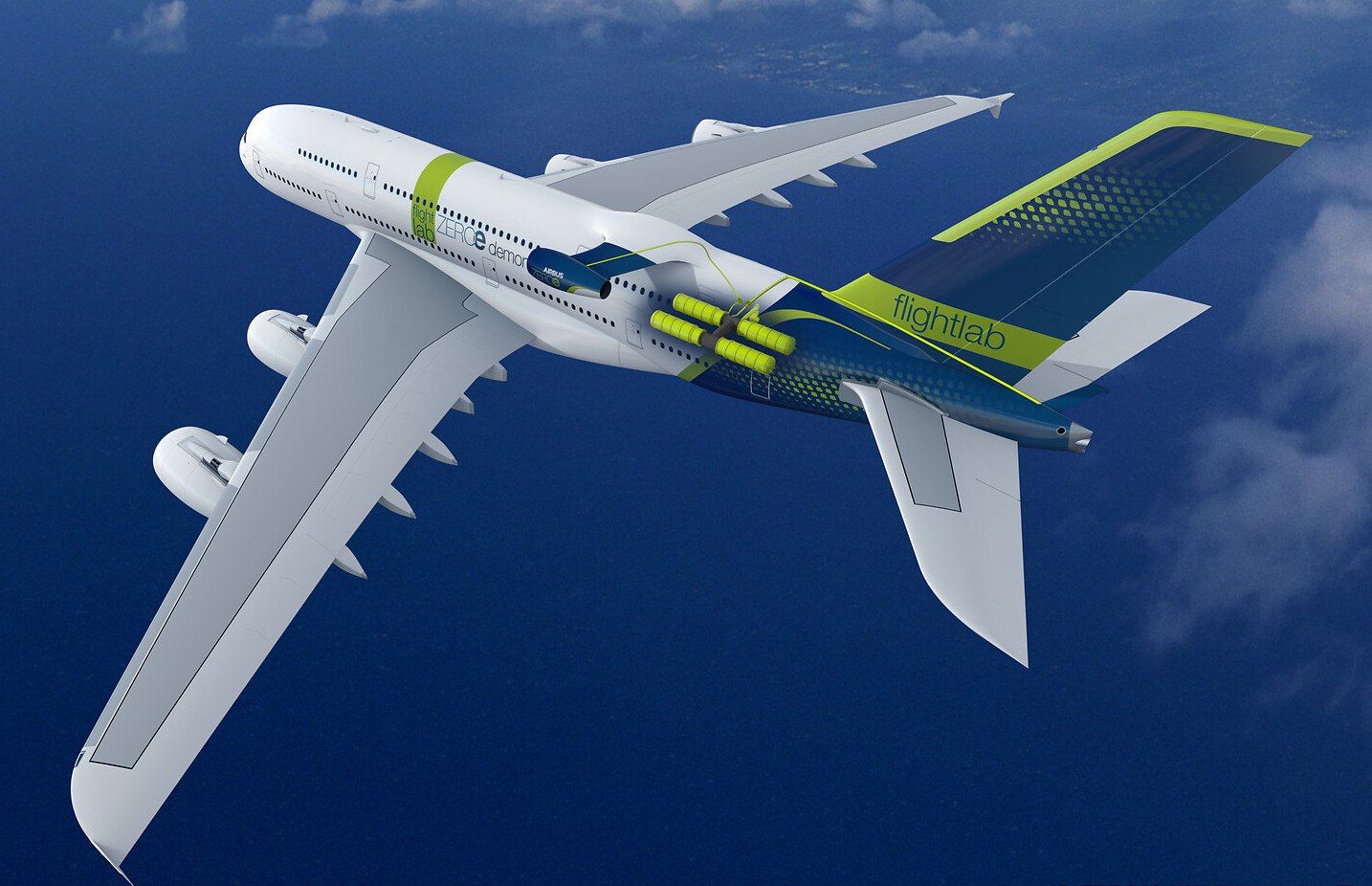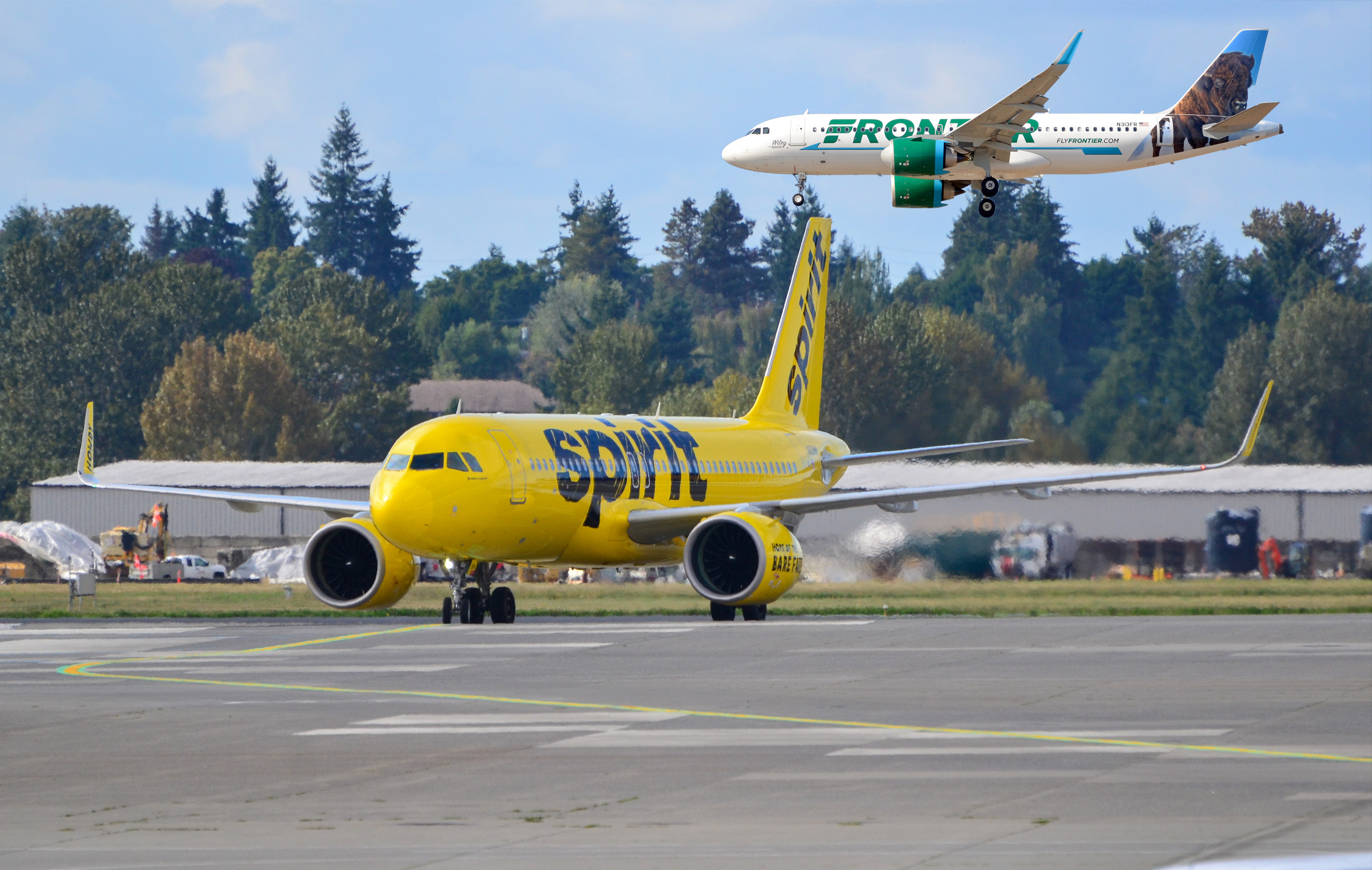Log-in here if you’re already a subscriber In the second of a two-part series, The Air Current explores what it...
Log-in here if you’re already a subscriber Release DateApril 12, 2022TAC Explains: What is sustainable aviation fuel?Purchase a PDF of...
Log-in here if you’re already a subscriber Release DateApril 10, 2022Russian titanium avoids the crossfire between east and westPurchase a...
Jon Ostrower and Elan Head·
It's been a frenetic week for fleet moves. Alaska Air is formally removing the asterisk on its Proudly All Boeing moniker, Delta got an all-new aircraft type, Air Canada's getting in line for early A321XLRs and the FAA is putting a significant question mark over the availability of the 737 Max 10. After the crash of China Eastern 5736, The Air Current compares historical high rates of descent for key air accidents. It's an important dose of perspective in the early phases of the investigation into what brought down the 737-800. Whisper Drone charts a course for high-speed electric flight. TAC spoke with Whisper Aero founder Mark Moore about its new drone testbed and its prospects as a promising early application for its ultra-quiet electric propulsors.
The most far-reaching sanctions of the modern economic era have disconnected Russia and its civil aviation industry from much of the world. Its digital connection is severed, along with its access to parts, services, international markets and crucial airspace. Yet what will come of the fleet that operates today inside of Russia?
As part of our on-going detailed coverage of the invasion of Ukraine by Russia and the resulting impact to global aviation, The Air Current has constructed an interactive data visualization of the fleet of Western-made aircraft flying today inside of Russia.
On March 8, 2022, The Air Current's Editor-in-chief Jon Ostrower and Senior Editor Elan Head hosted an in-depth and candid discussion with Dr. Kevin Michaels, Managing Director of AeroDynamic Advisory on Russia and the global aerospace supply chain.
The failed March 2 mission was one of the very first known attempts by a lessor to repossess a Russian-based commercial aircraft, according to interviews and documents reviewed by The Air Current. What is typically an unremarkable journey connecting Moscow to Cairo would shine a spotlight on the unfolding collapse of Russian commercial aviation, shaking the foundations of international law.
The western civil & defense aerospace business has long believed that Russia could be its customer, supplier and adversary to its patron governments – all at the same time.
Denial of aviation is a weapon that predates the 21st century battlefield. Yet, with the return of war to Europe, it is also aviation’s Achilles’ heel. With it comes a cascading series of immediate and longer term consequences in the skies as commercial and industrial links are quickly broken after decades of cultivation following the fall of the Soviet Union.
Less than four months after the Federal Aviation Administration rolled out its 2021 Aviation Climate Action Plan, the agency’s official blueprint for achieving net-zero aviation emissions by 2050 is already starting to look dated. The plan relies overwhelmingly on sustainable aviation fuel (SAF) as the principal pathway for reducing the U.S. aviation sector’s greenhouse gas emissions. It is plainly dismissive of hydrogen, stating: “we do not expect hydrogen-powered aircraft to make a significant contribution toward achieving net-zero aviation emissions by 2050.”
In this TAC Analysis, we look at both the benefits and the risks of the proposed merger between Spirit and Frontier. We look beyond the traditional metrics to the futures of the airlines, both together and separate, as well as how the combination of the two ultra-low-cost airlines changes the competitive landscape for the remaining U.S. carriers.
